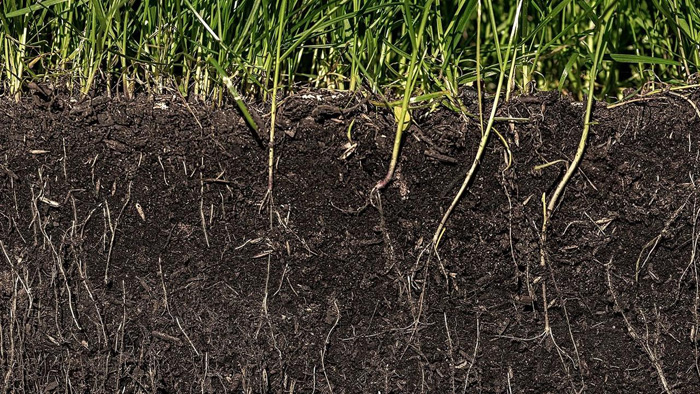We are now in a place on our human timeline, where we adapt and become more fully accountable for the impacts of our daily decisions, or we continue to damage our earth and her natural systems. Possibly beyond repair.
As homo sapiens, we are a very adaptable species. Though we tend to resist change, we do adapt. That is how we have made it this far in our cultural and technical development. In my work consulting with organic food producers in Manitoba and across Canada, I see the production changes that are the result of growers adapting to a changing climate and building the resilience of their farm or garden.
To rebuild soil health is to honour the many gifts that come from the land through stewardship. To help nutrient cycling and to reduce off-farm inputs, which are usually high in Green House Gas (GHG) emissions, more operators (farmers & gardeners) are sowing the seeds of catch crops, cover crops and green manure crops. Striving to always keep a living root in the soil using these methods, builds the subsoil microorganism populations in the root zone of the soil, improving tilth, soil structure and nutrient recycling.
Soil is not just an inert medium. It is a living community, filled with life when it is not over-tilled and synthetically fertilized. It has been estimated there are more types of life under the soil surface than above it! Drought and months of frost, damage the living soil that needs to breathe in order to support the microbial workers which help our crops access soil minerals and nutrients. Yes, fertility requires N and P inputs, preferably through composted manure, and the soil critters greatly increase access to micronutrients and minerals, which can often be bottlenecks to plant growth.
The black snowbanks we often see in spring, of blown topsoil in ditches adjacent to many fields, show the failure of industrial management to respect the vulnerability of soil’s fertility and structure. Instead of pricey high GHG-emitting synthetic fertilizers, growers are turning to greater use of seeds for catch crops, cover crops and green manure crops. Whether on a field scale with anhydrous ammonia use, or the home gardener’s use of Miracle Grow and peat moss, reflecting on what we support with our dollars is key to building resilience and being accountable to our heirs.
Not only does building resilience into our operations mean reducing choices with high GHG emissions, it means avoiding non-renewable inputs like peat moss. Peat bogs have stored carbon for centuries. Once peat is mined, the carbon is usually off-gassed into the environment within a year, and the bog drained so it no longer sequesters carbon. Anywhere we use peat, we can use coconut coir with a reduced GHG footprint, as it is a by-product of food production. Even including the shipping emissions, coir is still much less environmentally damaging than peat moss, yet just as effective in our soil mixes and it supports soil structure for a longer time.
England will be banning the use of peat moss in 2025. That is a form of accountability we need to embrace in Manitoba as well. We can create employment for the displaced peat workers in making coir products to replace the peat product in use. Let us ensure our daily decisions are as informed about the true consequences and impacts of those choices as possible.




